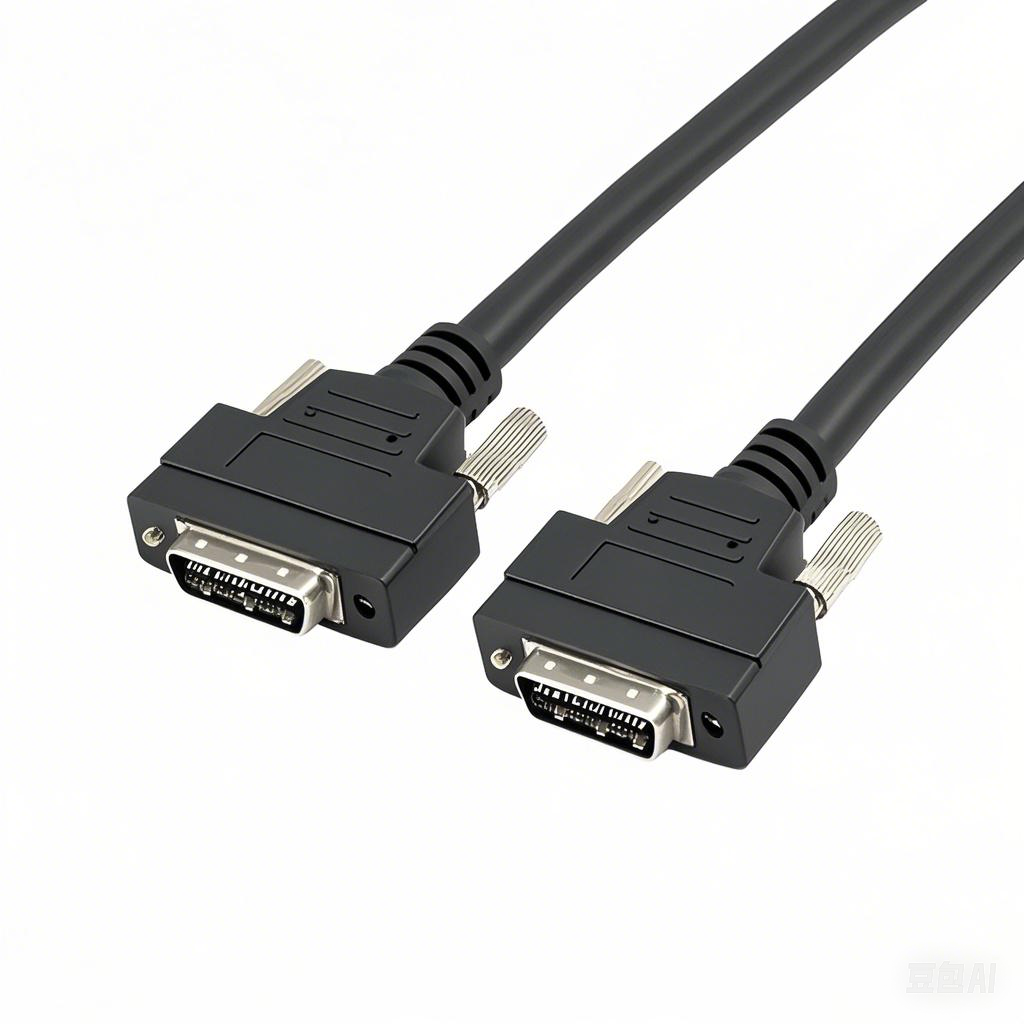What is the load capacity of a typical industrial cable
In the intricate network of industrial operations, industrial cables serve as the lifeblood, facilitating the transmission of power, signals, and data. A crucial parameter that determines their functionality and safety is load capacity. So, what exactly is the load capacity of a typical industrial cable?
Definition of Load Capacity
The load capacity of an industrial cable refers to the maximum amount of electrical current, mechanical weight, or signal load that the cable can safely carry over a sustained period without suffering damage, performance degradation, or posing a safety hazard. It is a key specification that engineers, installers, and users must consider when selecting and using industrial cables.
Factors Affecting Load Capacity
Several factors influence the load capacity of a typical industrial cable:
Conductor Material
The material of the cable’s conductor is a primary factor. Copper is widely used due to its excellent electrical conductivity. Cables with copper conductors generally have a higher load capacity compared to those with aluminum conductors. This is because copper has lower resistance, allowing more current to flow through without excessive heating.
Conductor Cross – sectional Area
The cross – sectional area of the conductor, often referred to as the gauge, has a significant impact. Larger cross – sectional areas mean more space for electrons to flow, resulting in a higher load capacity. For example, a 10 – gauge cable can carry more current than a 14 – gauge cable of the same material.
Insulation Material
The insulation surrounding the conductor must withstand the heat generated by the current flow. Different insulation materials have varying temperature ratings. Cables with insulation that can handle higher temperatures can typically operate at higher load levels without the insulation melting or deteriorating.
Installation Environment
The environment in which the cable is installed plays a role. Factors such as ambient temperature, humidity, and exposure to chemicals or sunlight can affect the cable’s ability to dissipate heat. In high – temperature environments, the load capacity of a cable may be reduced to prevent overheating.
Cable Routing and Bundling
How the cable is routed and bundled can impact heat dissipation. Cables that are tightly bundled or installed in confined spaces may not be able to release heat effectively, leading to a decrease in load capacity. Proper spacing and routing help in maintaining the cable’s load – carrying capability.
Load Capacity of Typical Industrial Cables
The load capacity of typical industrial cables varies depending on their type and intended application. Here are some common examples:
Power Cables
Power cables are designed to transmit electrical power. For low – voltage power cables (up to 1000V), the load capacity can range from a few amps to several hundred amps. For instance, a 16mm² copper power cable with PVC insulation, installed in a dry, cool environment, may have a load capacity of around 70 – 90 amps. High – voltage power cables, used in power transmission and distribution, can have much higher load capacities, often in the thousands of amps.
Control Cables
Control cables are used to transmit control signals in industrial systems. Their load capacity is generally lower than that of power cables, as they carry smaller currents. A typical control cable with a 0.5mm² conductor may have a load capacity of 5 – 10 amps, sufficient for transmitting control signals.
Data and Communication Cables
Data and communication cables, such as Ethernet cables used in industrial networks, have load capacity specifications related to signal transmission. They need to handle data rates and signal strengths without significant loss or interference. While their electrical current load capacity is low, their ability to carry data signals reliably is crucial.
How to Determine the Load Capacity
To determine the load capacity of a specific industrial cable, it is essential to refer to the manufacturer’s specifications. Manufacturers provide detailed data sheets that outline the load capacity under different installation conditions, including conductor material, cross – sectional area, insulation type, and environmental factors.
In addition, industry standards and codes, such as those set by the International Electrotechnical Commission (IEC) and the National Electrical Code (NEC), provide guidelines for calculating and selecting cables based on load requirements. These standards take into account various factors to ensure safe and reliable operation.
In conclusion, the load capacity of a typical industrial cable is not a fixed value but depends on multiple factors. Understanding these factors and referring to manufacturer specifications and industry standards is crucial for selecting the right cable to meet the load requirements of a particular industrial application, ensuring safety and optimal performance.











